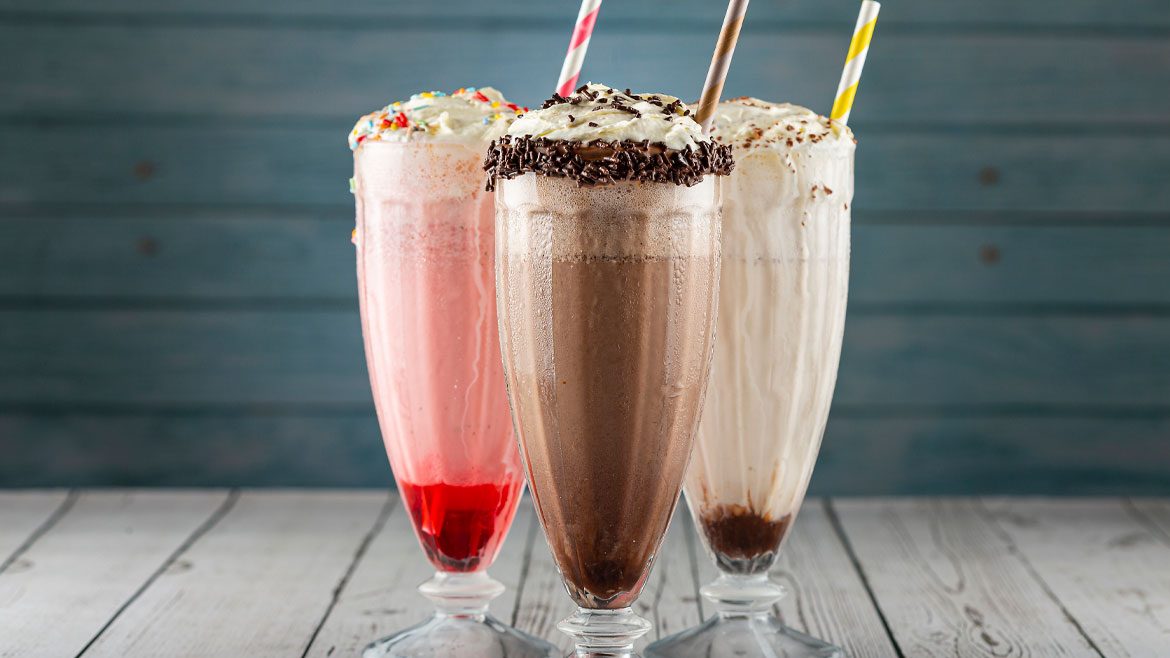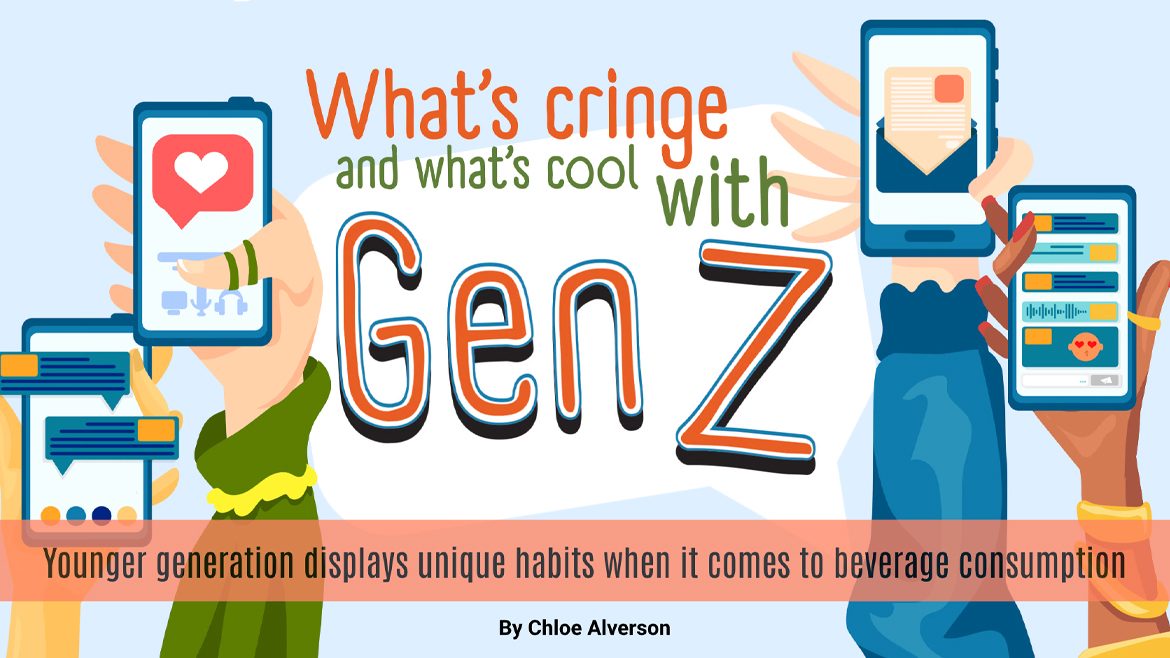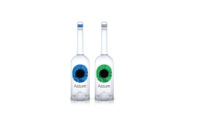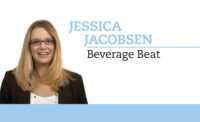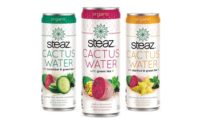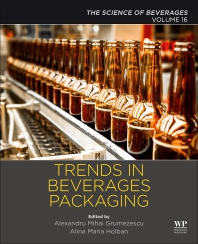Premiumization impacting beverage packaging design
Brand messaging key for new beverages and package redesigns


Smaller packages that appeal to single-day needs are increasing in popularity, MWV’s Brad Walling notes. Marley Coffee released Keurig-compatible pods last year. (Image courtesy of Jammin’ Java Corp.)




The retail shelf can BE A crowded space. According to Chicago-based Mintel’s Global New Products Database, 4,215 new beverages were launched in 2014. Not taking into account the existing beverages in the market, the more than 4,000 new products can make for a challenging environment to attract consumer attention. Although marketing and advertising efforts offer traditional avenues to reach out to consumers, designing a package that stands out on the shelf is a strategy that beverage-makers are utilizing.
“Mainly brands are seeking to stand out in an overcrowded market and find a differentiating proposition,” says Pamela Long, partner with White Plains, N.Y.-based Little Big Brands. “With so many brands essentially offering the same product to the consumer, it really is about appeal and standing out on shelf.”
Before brands begin embarking on this journey to stand out, Pamela Long notes that it is important to know who they are or even who they could be. “Too few companies or entrepreneurs spend the time and money needed on the front end talking to consumers and understanding how they can differentiate themselves in the marketplace,” she says.
Among the ways she suggests brand owners should communicate with consumers through packaging is not being afraid to show some personality and break away from logos, themes and fonts that have been overused. “Clean and simple is great, but give people something to love about your brand,” Pamela Long says. “Make them smile, make them salivate; give them the warm and fuzzies. Build an emotional connection with the consumer.”
However, when designing a package, consumers are not the only factor brand owners should consider. Suzanne Abbot, director of global creative for beverage with MeadWestvaco Corp. (MVW), Richmond, Va., explains that it can be important to consider the wants and needs of all the stakeholders, whether that be operational, supply chain, environmental or governmental. Another consideration is the region or store that the product will be placed in, because consumer preferences can vary across the globe, she adds.
When working with beverage-makers on their package designs, Abbot emphasizes the importance of knowing what the brand is trying to accomplish and what challenges they might encounter. “Are they trying to regain relevance with a specific consumer group, are they trying to penetrate a new use occasion, are they trying to position themselves in a way that they’re seen by the consumer, so in other words, are they trying to premiumize, those are just a couple of things that I think about,” she explains.
Listening to the trends
Considering the appeal that premium products have had in the market, beverage-makers are looking for a package that can convey that same premium image. From a brand perspective, Abbot says this has been a trend many of MWV’s clients have embraced.
“We see [premiumization] across the globe, and for all of the customers that we talk to, that seems to be really top of mind to them,” she says. “For them, if they engage with us, premiumization means different things to different people in different parts of the world, so what looks premium and evokes a sense of luxury for the consumer is different in China than it is in Western Europe, so it’s important for us to understand what that means. Although we have mechanisms in place so we can test that with the consumer, we end up delivering a solution that is effectively premium.”
Another trend impacting beverage packaging is smaller serving sizes. Brad Walling, director of global packaging design for MWV, notes that consumers increasingly are buying products that serve same-day needs instead of bulk packaging. For example, he notes the popularity of single-serve beverages like K-Cups or drink mix powders.
Beverage-makers also are embracing the smaller packaging size across other categories. Robert Long, senior vice president of research and development and technical governance for Coca-Cola North America, Atlanta, highlights the popularity of miniature cans and smaller packages for The Coca-Cola Co., but also notes the trend is not without its own challenges.
“The challenges with smaller PET packages are managing shorter shelf lives and/or using expensive gas barrier materials or higher pack weights,” he says. “To creatively face these challenges, we are leveraging aluminum and glass bottles, which are perfect for delivering high-quality products in small serving sizes with standard shelf lives.”
The type of packaging material that brands utilize also continues to be a factor that brand owners evaluate. MWV’s Walling says the type of packaging material that is used for a package can impact the design process quite a bit.
“In the past, it was more of a function of the customer would dictate to us, ‘Hey you’re going to be working with a 12-ounce aluminum can or a glass bottle,’ and we certainly would take that input and create something, but we’ve actually taken what I think is a unique approach as we’ve started partnering with the primary suppliers and engaging in dialogue to say, ‘What are you coming up with, and what’s coming next, and how can we help each other?’” he says. “An instance of that would be the glass lightweighting that’s happening in the industry to help the customers save money. We have the needs and the know-how to provide thoughtful packaging that can protect the glass bottle in the market so that the customer gets into that win-win scenario.”
Little Big Brands’ Pamela Long adds that a primary package can dictate how a package is designed, such as what label will be used and how it will print. “Aesthetically, it says a lot about the brand and is one of the best ways brands can differentiate themselves,” she notes.
But when it comes to what consumers see on the outside, Pamela Long says trends like showcasing the fresh product inside and using fresh ingredient images on the outside are leading the charge. “Less is more when it comes to packaging at the moment,” she says. “Consumers want to see the product they are buying in many cases. Fresh, clean, modern design is prevailing. Imagery is about real ingredients, real food.”
The Coca-Cola Co. has embraced the concept of fresh transparency with its Simply Orange carafe. Robert Long says the company set out to bring to life the image of fresh-squeezed juice, setting a new standard for juice packaging. “The premium carafe with its distinctive green cap is easily recognizable on grocery store shelves, and the transparent design lets people see what they’re getting before they open it and take the first great-tasting sip,”
he says.
New vs. renew
When approaching a package design, many of the steps can be similar for designing a new package or redesigning a classic one, design firm experts note. However, brand owners and designers still have to evaluate the process when approaching the design.
MWV’s Abbot notes that the objective for packaging plays a different role when introducing a new brand versus a redesign.
“If you think about a new product launch, it’s a crowded, crowded market, and the consumer has lots of choices. That package really needs to break through the clutter,” she says. “It needs to capture the attention of the consumer and it needs to very quickly communicate the emotional and functional benefit of that product. But, if it’s a package design for an existing brand, that awareness isn’t quite as important, so it’s more around how can the package aid in getting the consumer to switch from one brand or one product to another. Really the objective for packaging and how we think about package design figures differently based on those two customer goals.”
Walling adds that when MWV is working on different packaging designs, the biggest similarity is where it finds inspiration, whether that be in day-to-day life or other categories. “Anything that we develop, whether it’s new or redesigned, usually starts from parts that exist like building blocks,” he says. “We’re never really starting from scratch; we’re taking the best pieces and re-piecing them together thoughtfully to meet the needs of the design that the customer needs.”
Little Big Brands’ Pamela Long also notes that whether new or a redesign, the questions being addressed in the process remain the same, and the team has the same goal: strong brand positioning.
“In many cases, developing a new brand is easier than revitalizing an existing one, though,” she says. “With a new brand, it’s an opportunity to start from scratch and get it right. Many times when we are handed an existing brand, there are many perceived, but misunderstood equities and a desire to hang on to elements of a brand that are meaningless to consumers. We love both, and while creating something from scratch can be really exciting, sometimes the most rewarding efforts come when we are able to move the needle with an existing brand that needed to be infused with new energy and life.”
Marketing ties
Although packaging designs allow brand owners to communicate their images and messaging to consumers, beverage-makers also have taken the opportunity to reach shoppers on a more intimate level.
“Customization is going to be showing up more and more,” Pamela Long says. “This is a global trend that has manifested itself in beverages through shots and additives to customize beverages based on your particular wants or needs.”
The Coca-Cola Co. exemplified this last year with its Share a Coke campaign, which featured popular millennial names on Coca-Cola, Diet Coke and Coke Zero packages. The company also sought to engage consumers with its use of thermosensitive inks on its Coca-Cola Chill Activated Can. The can’s ice cubes change to a blue color when the can has been chilled to a certain temperature level.
“Marketing drives many packaging changes that involve the look of the brand,” Robert Long says. “We share new technical capabilities that enable increased consumer engagement with our marketing team and assess them for brand fit and market potential.”
Going forward, The Coca-Cola Co. plans to use these practices and many more to reach consumers through its packaging initiatives. “Some technical capabilities that we expect to utilize are renewable materials to improve sustainability, metal shaping to deliver enhanced brand appeal, digital printing for personalization, interactive packaging to provide more brand and ingredient information than can be put on the pack itself, and thermosensitive inks to help deliver enhanced consumer engagement,” Robert Long adds.
Looking for a reprint of this article?
From high-res PDFs to custom plaques, order your copy today!

